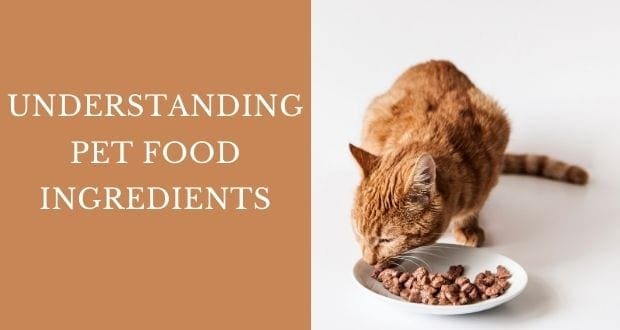
The ingredients in pet food can be so confusing. AAFCO, which stands for the Association of American Feed Control Officials establishes guidelines for production, package labeling and sale of pet foods. AAFCO has two standards and the pet food labels state which of the two standards they’ve met. One standard states that a particular pet food is formulated to meet nutritional levels established by the AAFCO profiles. This basically means the food was tested in laboratory conditions to ensure it has the appropriate amounts of protein and nutrients. The other standard is based on animal feeding trials using procedures established by AAFO.
AAFCO’s purpose as described on their website:
“The Association of American Feed Control Officials (AAFCO) is a voluntary membership association of local, state and federal agencies charged by law to regulate the sale and distribution of animal feeds and animal drug remedies. Purpose and Function of AAFCO: Although AAFCO has no regulatory authority, the Association provides a forum for the membership and industry representation to achieve three main goals:
- Ensure consumer protection
- Safeguarding the health of animals and humans
- Providing a level playing field of orderly commerce for the animal feed industry.
These goals are achieved by developing and implementing uniform and equitable laws, regulations, standards, definitions and enforcement policies for regulating the manufacture, distribution and sale of animal feeds – resulting in safe, effective and useful feeds by promoting uniformity amongst member agencies.”
If you’re confused about the ingredients listed on the label of your pet’s food, here’s a list of some of the common ones with their definitions. Some of the definitions below are from AAFCO:
Meat: Cleaned flesh of animals slaughtered for the purpose of animal food production, such as cattle, chicken, lamb, turkey, etc. The flesh can include muscle, heart, tongue, esophagus, nerves, blood vessels, fat.
Meat By-Products: The clean parts of animals that don’t include flesh. These parts include liver, bone, kidneys, lungs, spleen, stomach and intestines (cleaned of contents), brain, blood, heart. Parts that aren’t allowed to be included are hair, teeth, hooves and horns.
Fish Meal: Clean, ground undecomposed whole fish or pieces of fish. Fish oil may or may not be included.
Poultry By-Products: Parts can include heart, kidneys, intestines (cleaned of contents), heads, feet. Feathers can’t be included.
Chicken By-Product Meal: consists of the ground, rendered, clean parts of the carcass of slaughtered chicken, such as necks, feet, undeveloped eggs and intestines, exclusive of feathers, except in such amounts as might occur unavoidable in good processing practice.
Animal Digest: A broth made from meat and meat by-products that is often sprayed onto pet food.
Corn Gluten meal: the dried residue from corn after the removal of the larger part of the starch and germ, and the separation of the bran by the process employed in the wet milling manufacture of corn starch or syrup, or by enzymatic treatment of the endosperm.
Bone Meal: Bone from the slaughtered animal that is finely ground.
Ground Corn: Corn kernel that is ground or chopped.
Brown Rice: The unpolished rice that remains after the removal of the kernels.
Beet Pulp: The dried residue from sugar beets
Brewers Rice: Fragments of rice kernels that have been separated from larger kernels of milled rice. The dried extracted residue of rice resulting from the manufacture of wort (liquid portion of malted grain) or beer and may contain pulverized dried spent hops in an amount not to exceed 3 percent.
BHA: Butylated hydroxyanisole is a fat preservative.
Soybean Meal: the by-product from the production of soybean oil.
Animal Fat: obtained from the tissues of mammals and/or poultry in the commercial processes of rendering or extracting.
Ethoxyguin: chemical preservative to prevent spoilage.
Tocopherols: Natural preservatives (such as Vitamin E).
Need More Information?
If you have questions about cat behavior, refer to the books by Pam Johnson-Bennett. Pam’s books are available at bookstores and also online. We’ve included links to Amazon here on our website.
If you have a question about your cat’s behavior or health, contact your veterinarian. This article is not intended as a medical diagnosis nor is it a replacement for your cat’s regular veterinary care. This article is for general information purposes only.

